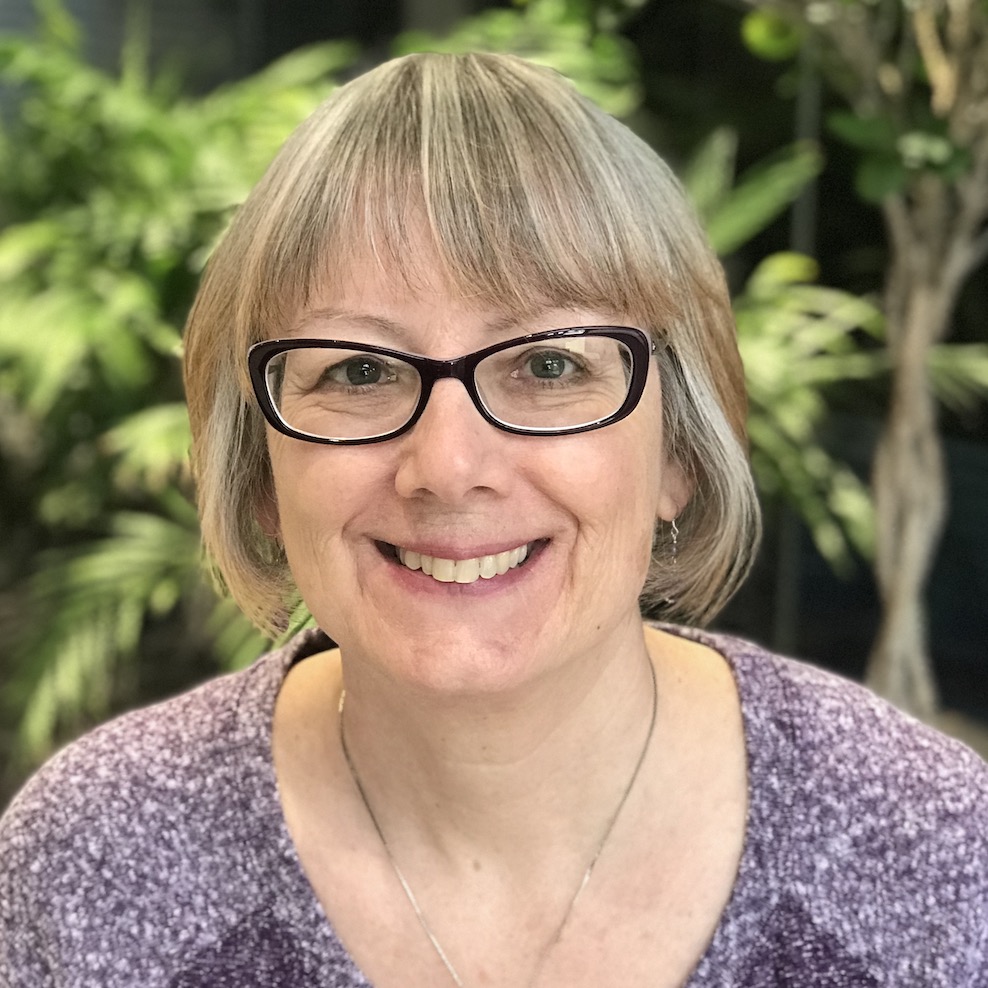
Far too many people worldwide are living on the margins, as through no control of their own they have been displaced from communities they once called home. Social entrepreneurship can help address this challenge in various ways. The Miller Center for Social Entrepreneurship at Santa Clara University is helping with this effort through its Social Entrepreneurship at the Margins (SEM) program. Established in 2018 and funded by philanthropic organizations and individual donors, the six-month online accelerator was designed to sharpen social entrepreneurs’ business plans, while improving investment readiness in their ideas.
Such programs are critical as the world is facing a huge refugee and immigrant crisis:
- Globally, there are 68.5 million people forcibly displaced from their homes and 25.5 million of those are refugees, according to the United Nations Refugee Agency.
- The World Health Organization estimated that there were a record 258 million migrants in 2017.
“Our experience and track record led us to believe that entrepreneurial approaches to helping those in need might have potential to scale,” said Thane Kreiner, executive director of Miller Center. Since 2003, the organization says it has accelerated more than 1,000 social enterprises, positively impacting more than 380 million people in 100 countries.
Mentoring social entrepreneurship leaders can pay dividends
Executive-level Silicon Valley mentors accompanied the 18 organizations chosen for SEM 2018 through six months of online learning, including topics such as business models, unit economics, impact models and growth strategies. In addition to sharing their knowledge and expertise, the mentors also learned more about issues facing migrants, refugees and other citizens confronting similar conditions. The mentors brought this knowledge back to their Silicon Valley entrepreneurial ecosystem, which helped increase awareness of these marginalized citizens.
Rachel Taber, a 2018 SEM participant and cofounder of 1951 Coffee Company, says the mentorship was her favorite part of the program. She worked with Louis Jordan, formerly global senior vice president of finance at Starbucks, on 1951’s financials. “Because he understood the coffee and retail business, he was able to analyze our current operations, suggest options to streamline, and help us figure out efficient ways to scale,” Taber said.
Brewing up better jobs
Taber and cofounder Doug Hewitt started 1951 Coffee after seeing firsthand the barriers refugees faced in finding dignified employment that pays a living wage. “1951 was borne out of equal part inspiration—of what was possible—and frustration—of deep needs not being met that resulted in a refugee’s long-term isolation and poverty,” the cofounders told TriplePundit.
In response, 1951 Coffee provides refugees with an intensive two-week hard and soft skills training program so they can find quality jobs as quickly as possible. 1851 also provides follow-up support, including mock interviews and one-on-one coaching with employers.
But running such an operation isn’t easy because other leaders in the business world don’t necessarily understand what social entrepreneurship is all about, leading to feelings of frustration and isolation. The SEM program provided networking with others of similar mindset. “No one understood what we were doing and how we were trying to do it,” Taber explained. “SEM connected us to others in our exact same position and helped us define and share our model.”
Workshops can help new ventures win more funding
The SEM 2018 accelerator concluded with a five-day in-residence workshop highlighted by a showcase event in San Francisco, where each participant shared a six-minute overview of their work. Participants also had an opportunity to meet potential partners and investors past events held by Social Capital Markets.
This in-residence training proved quite valuable to 1951 Coffee’s showcase presentation. "The Miller Center brought in an expert to help us with storytelling and how to create the most engaging pitch,” Taber explained. The result was a $200,000 commitment from the Chao Foundation to open an outpost of 1951 in the San Jose area.
“The entire [SEM] program gave us the knowledge and tools to confidently approach any funder with a strong business plan, financials and due diligence information,” Taber added.
Accelerating good must continue
The SEM 2018 program resulted in raising $11 million of investment and a positive impact on 80,000 lives, said Kreiner of the Miller Center. With such success, the Center is offering a second accelerator, SEM 2 Online, another six-month program offered at no charge to participants.
As social enterprises become more business-capable and investment-ready, they can also scale up their impact, Kreiner told us. Programs like SEM can help, but they require a similar level of investment and commitment so that social entrepreneurs have the tools they need to address the challenges faced by the millions of marginalized people worldwide.
Image credit: 1951 Coffee

Laurel has extensive experience writing about energy efficiency, clean energy, sustainability and green building. She was formerly Senior Energy Content Specialist for a digital marketing firm serving the utilities industry where she generated story ideas and wrote content for several e-newsletters. Laurel is also a member of the Ohio chapter of the U.S. Green Building Council and participates on several committees for the Central Ohio region.














